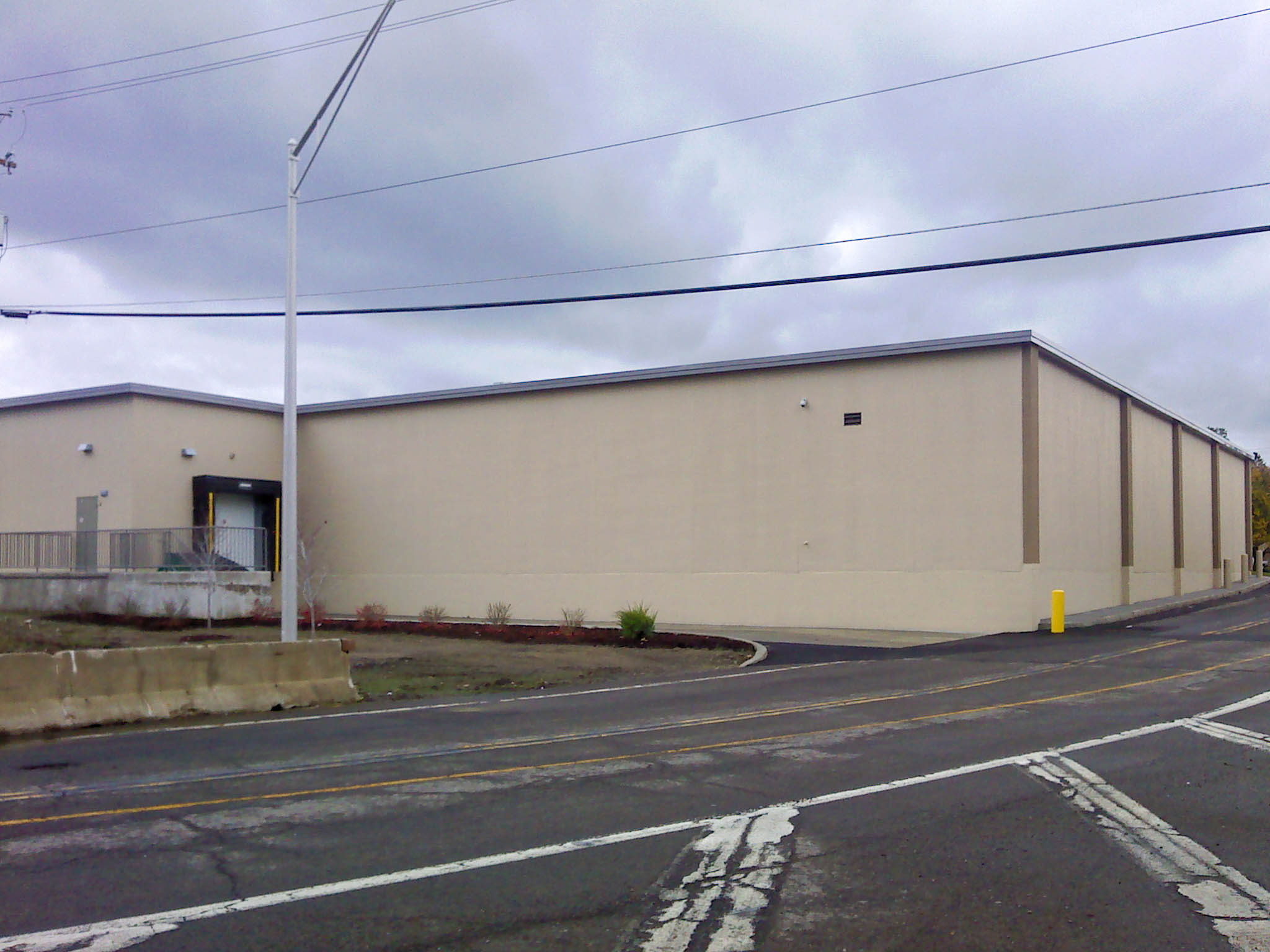In the ever-evolving world of construction, innovation plays a pivotal role in shaping the landscape. Among the myriad materials and techniques available, precast concrete has emerged as a game-changer, offering a host of benefits that significantly elevate the construction experience. This blog post explores the various reasons why opting for a precast concrete company can transform your construction projects.
One of the primary advantages of choosing a precast concrete company is the accelerated pace of construction. Unlike traditional on-site casting, precast concrete elements are manufactured in a controlled environment, allowing for parallel processing of various construction tasks. This not only minimizes construction time but also ensures a more efficient workflow.
Precast concrete components are produced off-site under optimal conditions, free from the constraints of weather and other on-site variables. As a result, construction projects can progress seamlessly, reducing overall project timelines. This speed factor is particularly beneficial for meeting tight deadlines and adhering to project schedules, a crucial aspect in the construction industry.
2. Quality Assurance
Quality control is a paramount concern in construction. Precast concrete companies excel in maintaining high-quality standards through rigorous testing and quality assurance processes. The controlled environment of precast concrete production facilities allows for precision in mixing, casting, and curing, resulting in consistently superior quality.
By opting for a precast concrete company, you mitigate the risks associated with on-site casting, such as variations in temperature, humidity, and workmanship. This ensures that the delivered precast elements meet or exceed industry standards, providing a durable and reliable foundation for your construction projects.
3. Cost-Efficiency
While some may perceive precast concrete as a higher upfront cost, the overall cost-efficiency becomes evident when considering the time saved, reduced labor requirements, and lower maintenance costs in the long run. The speed of construction translates into earlier project completion, allowing for faster occupancy and revenue generation.
Additionally, the controlled production environment minimizes material waste, optimizing resource utilization. Precast concrete components are manufactured with precision, reducing the need for excess materials often associated with on-site casting. This not only contributes to cost savings but also aligns with sustainable construction practices.
4. Durability and Longevity
Durability is a cornerstone of precast concrete’s appeal. The meticulous manufacturing process, coupled with quality control measures, ensures that precast elements possess superior strength and resilience. The inherent properties of concrete, when combined with stringent production standards, result in structures that can withstand the test of time and environmental challenges.
Whether it’s resisting harsh weather conditions, seismic forces, or other external factors, precast concrete structures demonstrate remarkable durability. This longevity factor is particularly crucial for infrastructure projects where the lifespan and safety of the structure are non-negotiable.
5. Environmental Sustainability
In an era where sustainability is a top priority, precast concrete aligns well with eco-friendly construction practices. The controlled manufacturing environment significantly reduces the environmental impact associated with on-site casting. Precise material usage and minimized waste contribute to a more sustainable construction process.
Moreover, the durability and energy-efficient properties of precast concrete enhance the overall environmental performance of buildings. The extended lifespan of precast structures reduces the need for frequent repairs or replacements, further lowering the environmental footprint over the building’s lifecycle.
6. Safety Advantages
Safety is a paramount concern in construction, and precast concrete offers inherent safety advantages. The majority of the manufacturing processes occur off-site, minimizing the number of workers exposed to on-site hazards. This results in a safer working environment and reduces the potential for accidents during construction.
Additionally, the quality control measures inherent in precast concrete production contribute to the structural integrity of the elements, ensuring that they meet or exceed safety standards. The reduced need for extensive on-site formwork and scaffolding further enhances safety and minimizes risks for construction personnel.
7. Ease of Maintenance
Maintenance is a significant consideration in the lifecycle of any structure. Precast concrete’s durability translates into lower maintenance requirements over time. The high-quality finish of precast elements, achieved through controlled manufacturing processes, contributes to resistance against wear and deterioration.
Structures incorporating precast concrete components often require less maintenance compared to traditional construction methods. This not only reduces the overall operational costs but also minimizes disruptions for occupants or users during maintenance activities.
Precast Concrete is The Right Choice for Modern Day Construction
Opting for a precast concrete company is a strategic choice that can revolutionize your construction experience. The combination of speed, quality, cost-efficiency, durability, sustainability, safety advantages, and ease of maintenance positions precast concrete as a frontrunner in modern construction practices.
As the construction industry continues to evolve, embracing innovative solutions like precast concrete becomes imperative for those seeking a competitive edge. The transformative impact of precast concrete extends beyond individual projects, influencing the industry’s trajectory towards a more efficient, sustainable, and resilient future. Whether you are involved in residential, commercial, or infrastructure projects, the benefits of choosing a precast concrete company are clear, promising a construction experience that is faster, safer, and more environmentally responsible.




